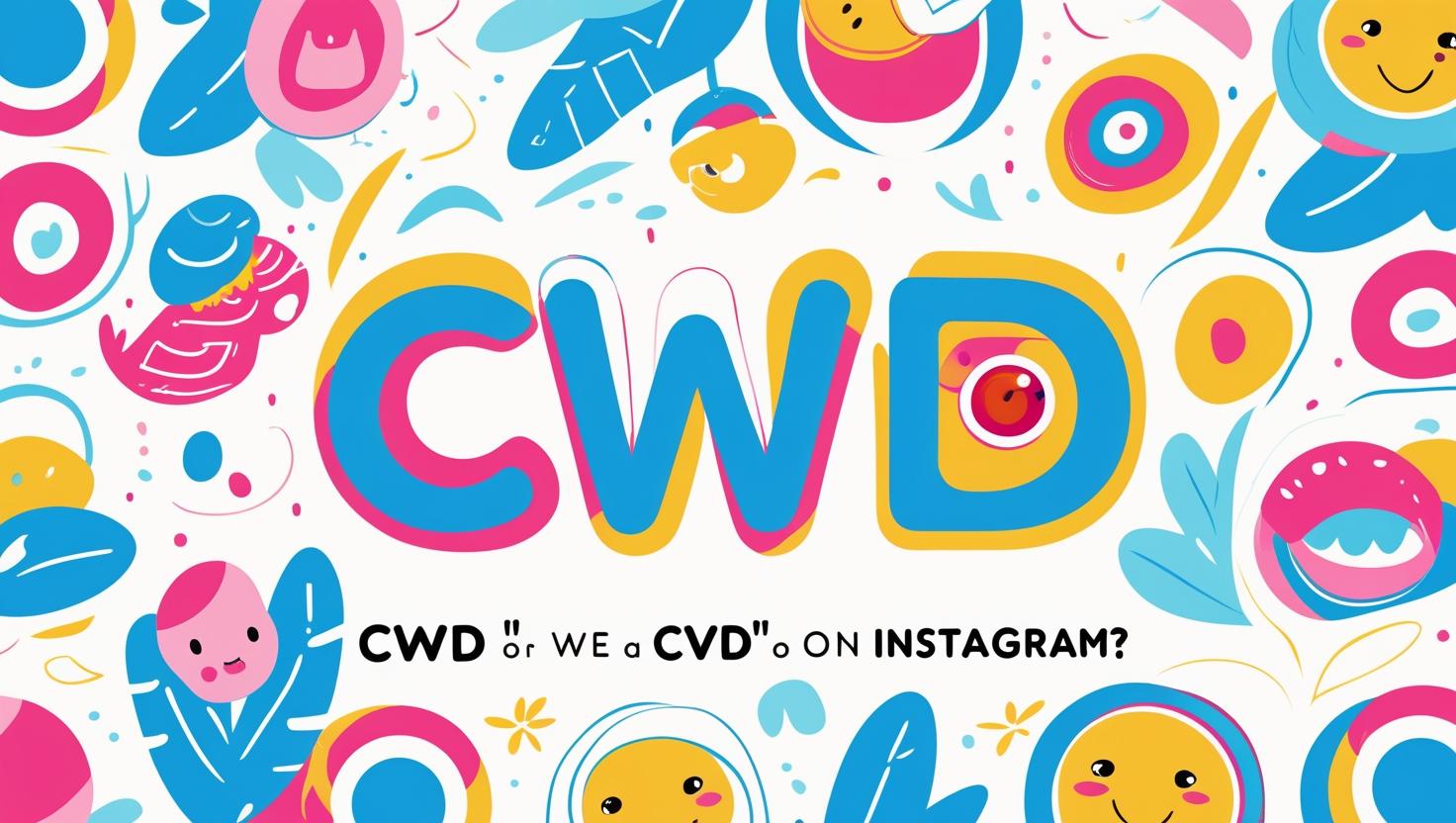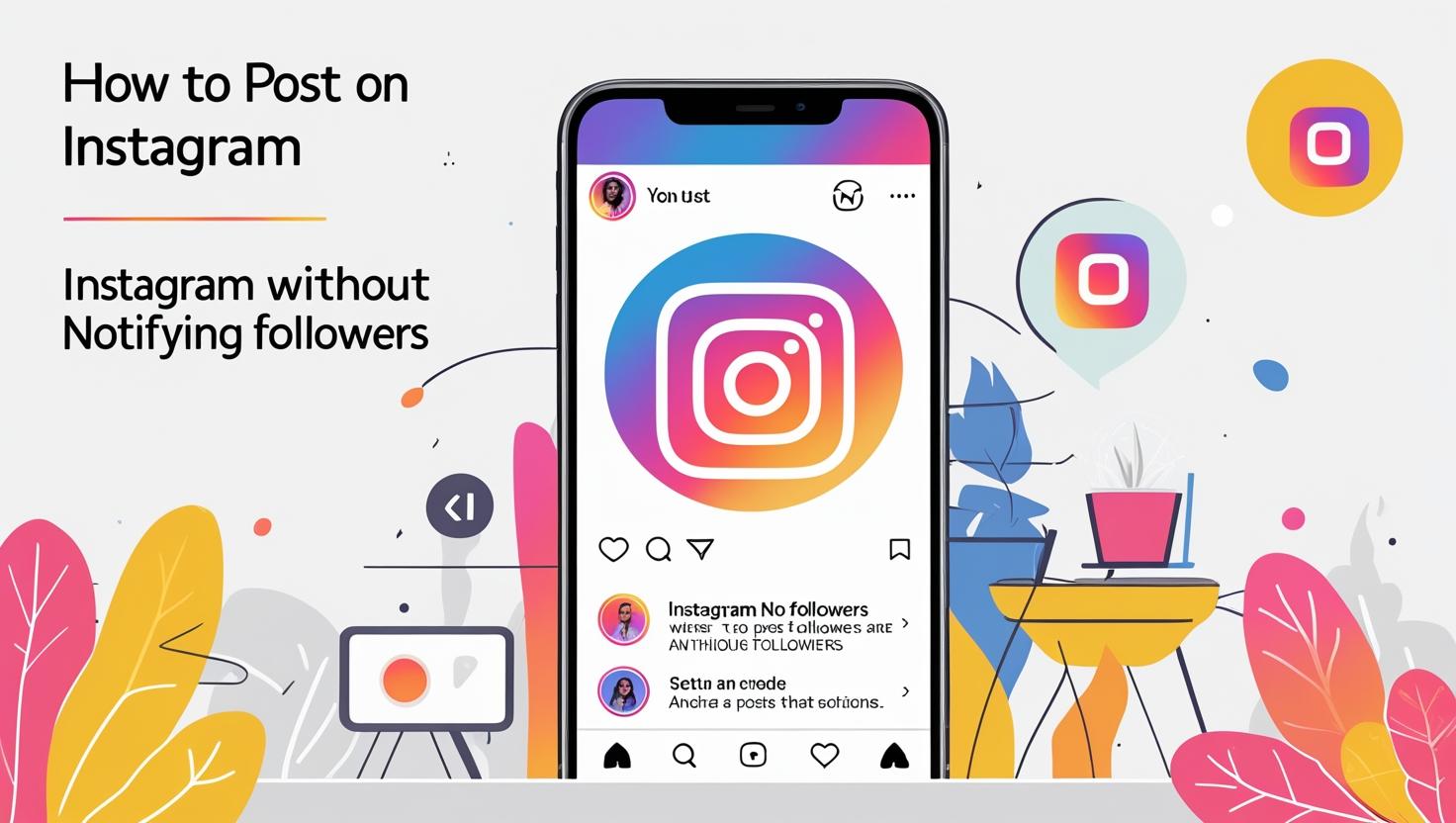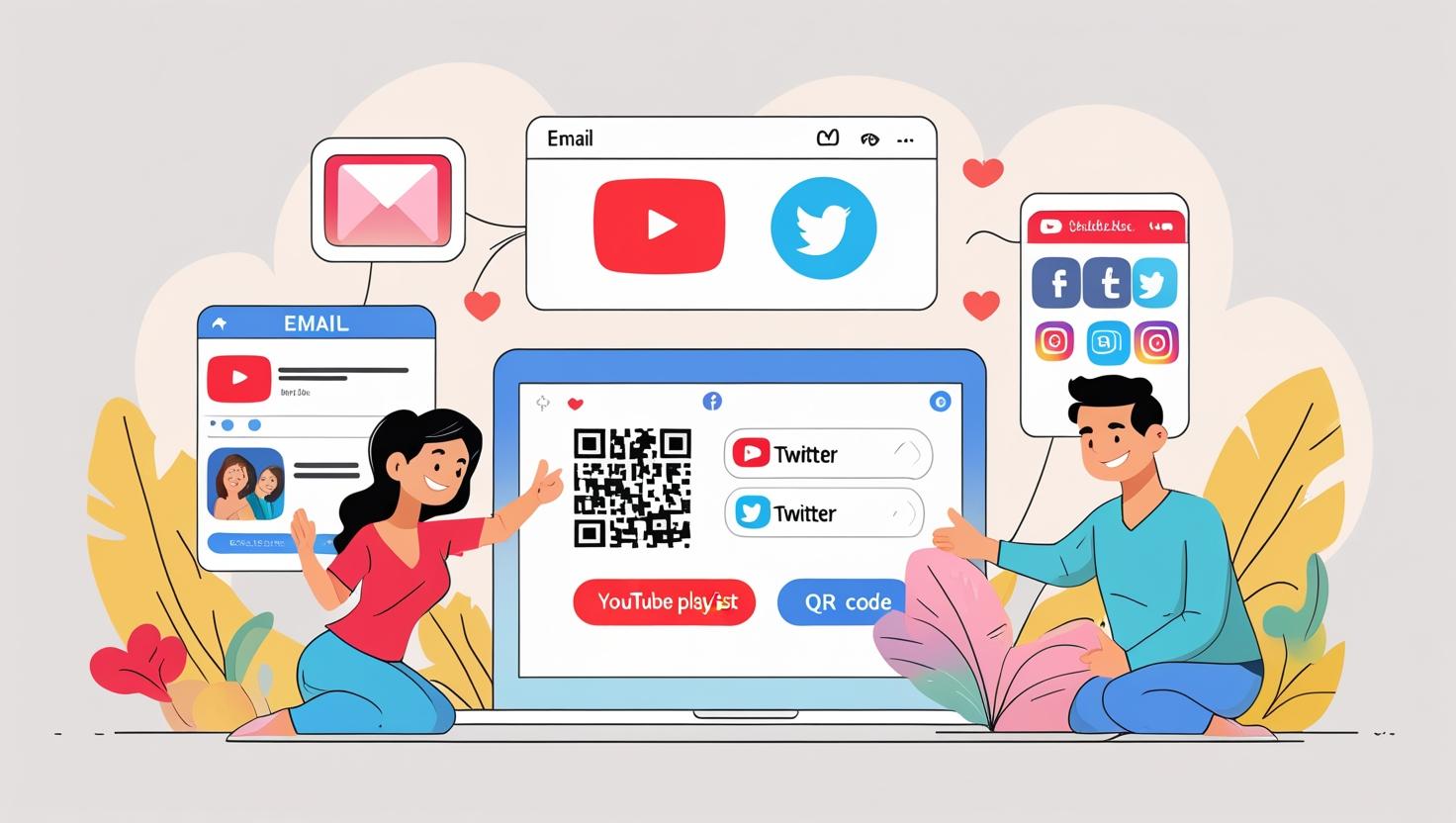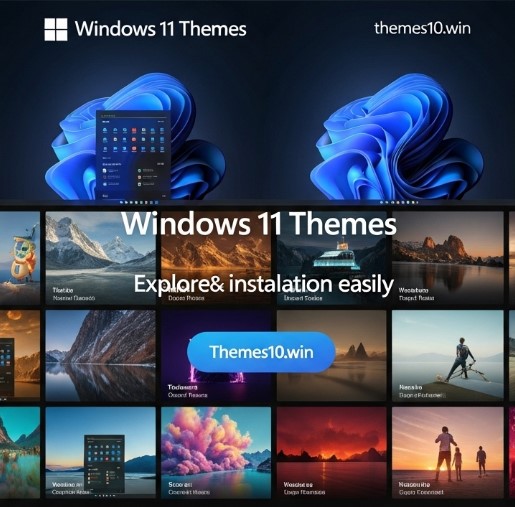If you’ve ever scrolled through Instagram and noticed the acronym CWD at the start of a post caption or in a story, you might have wondered what it actually means. In 2025, CWD has become a common shorthand for Content Warning: Disturbing, signaling that the post contains material that some viewers might find emotionally intense, graphic, or upsetting.
In a world where social media feeds overflow with diverse content, knowing when and why people use acronyms like CWD helps us engage more thoughtfully and respectfully online. This article will explore the meaning of CWD, why it’s important, and how Instagram users—whether casual posters or influencers—can use content warnings effectively to protect mental well-being and foster empathy.
Why People Use Acronyms Like CWD on Instagram
Instagram, like many social platforms, thrives on sharing real stories, images, and experiences. But sometimes the content can be difficult—dealing with trauma, violence, medical procedures, or intense emotional moments. This is where acronyms such as CWD come into play.
I still remember the first time I came across a CWD label on Instagram. It was on a carousel post that documented a survivor’s story of overcoming trauma. The caption began simply with “CWD: Graphic content ahead”, and for the first time, I realized there was an unspoken etiquette growing among users about how to prepare viewers for difficult material.
The use of content warnings isn’t new, but acronyms like CWD have gained traction as quick, clear signals to viewers who might want to skip or prepare themselves emotionally before proceeding. In many ways, these labels have reshaped the way we consume content online, adding a layer of digital empathy to the constant stream of posts.
What Does CWD Stand For—and Where Is It Used?
At its core, CWD stands for Content Warning: Disturbing. It’s a way for creators to flag that what follows might be upsetting, graphic, or emotionally heavy. Unlike general content warnings, CWD tends to be reserved for posts that are explicitly disturbing or hard to watch, such as images of injuries, discussions about violence, or graphic medical content.
This acronym is now part of a broader movement toward responsible content sharing on social media platforms like Instagram, where posts can quickly reach thousands or millions of users. The intention behind using CWD is to give viewers a chance to decide if they want to engage with potentially triggering content.
You’ll often find CWD placed at the very beginning of captions, before a carousel slide showing graphic photos, or as a sticker or text overlay on stories. For example, a user might write:
“CWD: Graphic injury shown in slide 2, viewer discretion advised.”
Personally, when I first noticed CWD used on a friend’s post about mental health struggles, it made me appreciate the thoughtfulness behind the warning. It wasn’t just about avoiding discomfort—it was about acknowledging that some stories come with emotional weight, and giving others a respectful heads-up.
CWD vs. TW vs. CW: What’s the Difference?
You may have also encountered the acronyms TW and CW on Instagram, and it can get confusing. Here’s a simple breakdown:
- TW (Trigger Warning): This label is mostly about alerting viewers to content that could trigger emotional or psychological distress. It’s often used for topics like sexual assault, suicide, or PTSD-related themes. The focus is on protecting individuals with past traumas.
- CW (Content Warning): This is a more general warning about content that might be upsetting, but not necessarily triggering. It can apply to anything from discussions about difficult topics to graphic images.
- CWD (Content Warning: Disturbing): This is a more specific and urgent form of content warning. It’s reserved for material that is graphically disturbing or shocking—think blood, violence, or intense trauma visuals.
Choosing which label to use can depend on your audience and the nature of your content. For instance, I used to add TW for all posts discussing mental health, but over time, I switched to CW when the content was less about trauma triggers and more about raising awareness gently.
For example, I once posted a story about anxiety attacks and used CW instead of TW to acknowledge the sensitivity but avoid alarming casual followers unnecessarily. This subtle difference helped my audience engage more comfortably, and I felt more in control of the tone.
Why CWD Matters: Protecting Mental Health Online
Content warnings like CWD are more than just polite gestures—they serve an important role in mental health preservation, especially on platforms like Instagram where content is consumed rapidly and often without much context.
In our digital age, mental health awareness has grown, but the volume of graphic or triggering content remains high. Posts about violence, war, accidents, or personal trauma can unintentionally harm vulnerable viewers who aren’t prepared to see such material.
I once shared a deeply personal story about a traumatic event without any warning and quickly realized some followers were upset or retraumatized by it. The feedback I received made me rethink how I approached content sharing. After that, I made it a rule to always add CWD when sharing anything potentially disturbing.
By flagging content this way, creators help followers manage their emotional boundaries. It’s a form of digital empathy—acknowledging that not everyone is in the same mental or emotional space and giving them the choice to engage or skip.
Common topics that often require a CWD include depictions of physical violence, graphic medical procedures, wartime imagery, or intense personal trauma. Using such warnings isn’t about censoring content; it’s about respectful sharing.
When I began using CWD, I noticed a positive shift in my community’s interaction. People thanked me for the heads-up, and discussions became more thoughtful. This small step encouraged more open and safer dialogue around difficult topics.
How to Add a CWD Label to Your Instagram Post or Story
While Instagram doesn’t have an official button or setting to add a CWD label, incorporating this warning into your posts and stories is easy and impactful when done with intention.
Many creators start their captions with a clear warning like:
“CWD: Graphic content ahead” or “CWD in slide 3” to guide viewers. This direct language helps users know exactly where to expect sensitive content.
On Instagram stories, it’s effective to add the CWD text at the very beginning or overlay it on the first frame containing sensitive visuals. This way, viewers can make an informed choice before swiping through.
I personally created a set of story templates in Canva that include a bold CWD banner, which I save in my drafts. This ensures I never forget to include the warning when sharing heavy content.
Another useful approach is to use Instagram’s alt text feature or add warnings in the description box for screen readers, which supports accessibility for visually impaired users who might also benefit from content warnings.
Ultimately, the key is to provide enough information and space for your audience to decide whether to engage. The goal is transparency and respect, not hiding the content.
The Ethics of Content Sharing: When Should You Use CWD?
Knowing when to use CWD is as much an ethical decision as a practical one. Not all difficult or serious content requires a content warning, so finding the right balance between openness and caution is crucial.
In activist circles, mental health communities, and documentary storytelling, there’s a strong consensus around using content warnings to protect viewers from unexpected distress. For instance, posts about police violence, war footage, or self-harm almost always carry some form of warning.
From my own experience, I once received a message from a follower thanking me for including a CWD on a post about personal trauma. She said it allowed her to brace herself emotionally and still engage with the content meaningfully.
On the other hand, some argue that CWD can sometimes feel like censorship or overprotection, suggesting it might prevent open conversations. I don’t share this view. To me, it’s about giving choice—not restriction.
Using CWD thoughtfully shows you care about your audience’s well-being. It encourages trust, deepens connection, and helps create a safer space in an often noisy digital world.
How Others React to Content Warnings: Real Stories
Reactions to content warnings like CWD vary widely. Some viewers appreciate the heads-up, while others may find warnings unnecessary or even avoid posts that carry them.
I recall reading comments and direct messages from followers who shared how a well-placed CWD saved them from reliving past trauma or triggering anxiety. One friend told me, “Seeing ‘CWD’ gave me permission to scroll past without guilt.”
Influencers who regularly post difficult content—such as survivors, mental health advocates, or journalists—often rely on content warnings to maintain ethical standards. Their followers tend to trust them because they respect boundaries.
That said, there’s no perfect system. Sometimes a warning might miss someone or feel excessive to another. My advice is to listen carefully to feedback but don’t be afraid to err on the side of caution. The goal is care, not perfection.
Instagram Trends: Why CWD May Become Standard Practice
As social media culture evolves, acronyms like CWD are increasingly becoming standard rather than exceptions. Younger generations prioritize empathy and intentional communication, and content warnings fit neatly into that ethos.
Platforms like TikTok, Twitter, and Tumblr have contributed to popularizing content warnings, influencing how users behave across channels including Instagram.
Looking ahead, it wouldn’t surprise me if Instagram eventually introduces built-in features for content warnings—perhaps customizable alerts or pre-post tagging options to help creators flag sensitive material automatically.
I see a future where digital caution is part of everyday sharing habits—a cultural norm that values emotional safety and respectful consumption alongside creativity and expression.
Conclusion: Posting With Empathy in a Loud World
CWD is more than just a shorthand—it’s a symbol of care in a digital landscape that often feels overwhelming and fast-paced. When we take a moment to add a content warning, we’re saying to our audience: I respect your experience. I want you to be prepared.
If you’ve never used content warnings before, consider trying it with your next intense or graphic post—not just for yourself, but for the people who see your content every day.
Next time you share something emotional, challenging, or graphic, add “CWD” to your caption or story. You never know who might appreciate that simple heads-up. In a world full of noise, a little empathy can go a long way.






